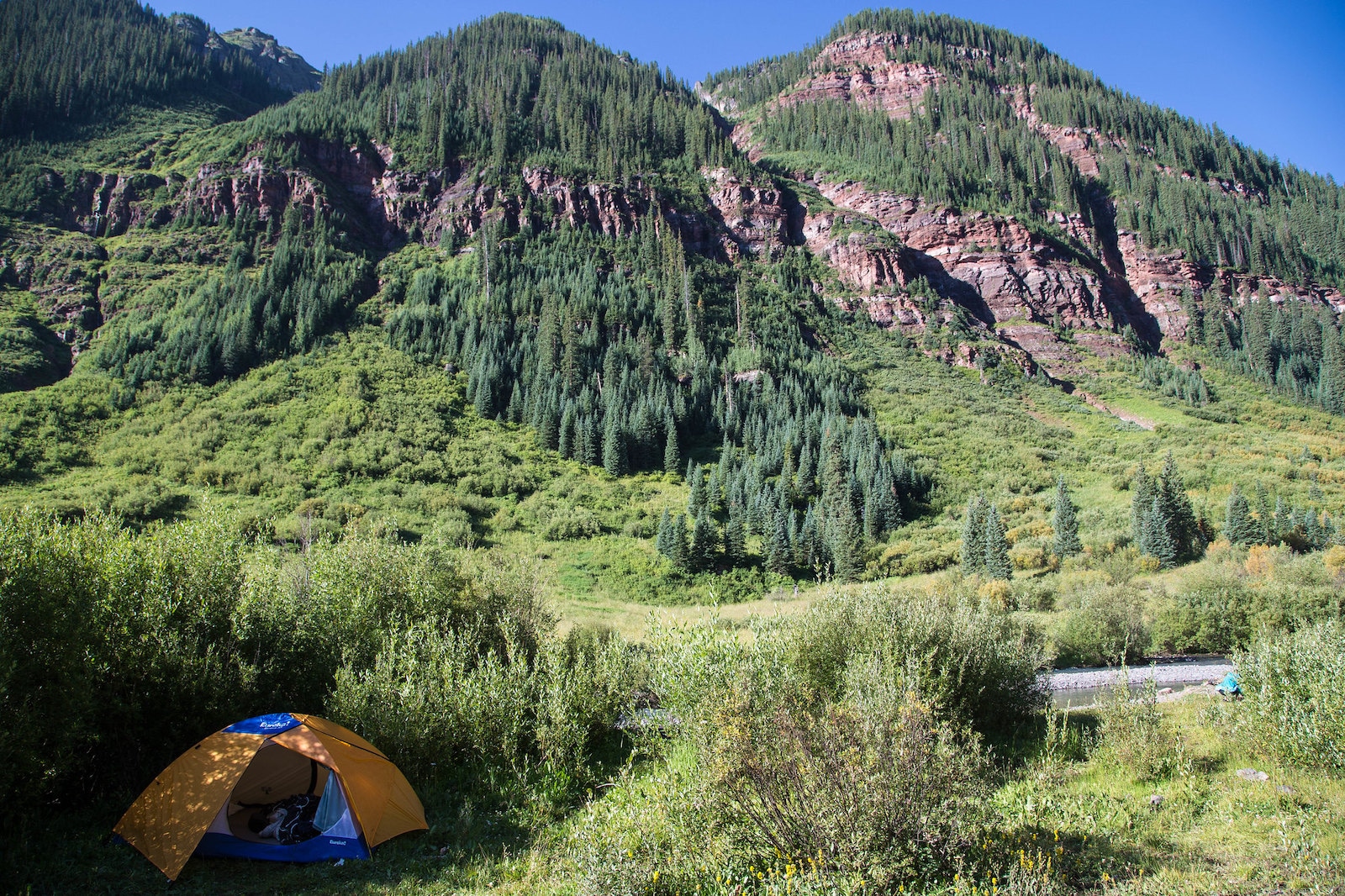
Colorado’s breathtaking landscapes, diverse ecosystems, and vast wilderness make it a top destination for outdoor enthusiasts. While traditional campgrounds can fill up quickly during peak season, Colorado also offers a lesser-known yet equally exciting alternative: dispersed camping. For those craving solitude, closer contact with nature, and a camping experience that feels truly wild, dispersed camping is the perfect choice. This guide dives into everything you need to know about dispersed camping in Colorado, from what it is, where to go, essential tips, and guidelines to ensure a safe and eco-friendly adventure.
What is Dispersed Camping?
Dispersed camping, often referred to as “wild camping” or “boondocking,” involves camping outside of designated campground areas. Typically on public lands managed by agencies like the U.S. Forest Service (USFS) or Bureau of Land Management (BLM), dispersed camping provides a free, Dispersed Camping Colorado more rustic experience. It’s important to note that dispersed camping comes with minimal amenities—no toilets, picnic tables, or established fire rings—requiring campers to be fully self-sufficient.
Benefits of Dispersed Camping
- Greater Privacy: Unlike traditional campgrounds, you won’t find campsites stacked next to one another. Dispersed camping offers the privacy to enjoy nature without crowded sites.
- Cost Savings: Dispersed camping is generally free, allowing adventurers to experience Colorado’s beauty without the cost associated with developed campgrounds.
- Closer to Nature: With dispersed camping, you’re often closer to scenic views, remote hiking trails, and the unspoiled wilderness.
Best Areas for Dispersed Camping in Colorado
Colorado is home to millions of acres of public land, providing numerous options for dispersed camping. Here are some of the top regions to consider:
1. San Isabel National Forest
San Isabel National Forest spans 1.1 million acres, offering a mix of towering peaks, pine forests, and alpine meadows. Near popular spots like Buena Vista and Salida, campers can find countless dispersed sites close to activities such as hiking, fishing, and even hot springs.
2. Arapaho and Roosevelt National Forests
Located in northern Colorado, these forests offer ample dispersed camping options, particularly near scenic areas like Estes Park and Rocky Mountain National Park. Look for campsites along forest roads such as Forest Road 119, where you can enjoy stunning views of the Rockies and proximity to some of the state’s most famous trails.
3. Gunnison National Forest
Spanning over 1.6 million acres, Gunnison National Forest provides plenty of dispersed camping areas, particularly along Kebler Pass. This area is well-known for its vibrant autumn foliage, and with many sites accessible by vehicle, it’s a great choice for those exploring the western part of the state.
4. Uncompahgre National Forest
For campers in southwestern Colorado, Uncompahgre National Forest offers spectacular mountain scenery. Camping along Imogene Pass or Last Dollar Road provides campers with a remote experience and access to some of the most beautiful alpine scenery.
5. White River National Forest
For those visiting the Aspen or Vail areas, White River National Forest has dispersed sites scattered along many forest roads. Keep an eye out for designated camping areas around the Maroon Bells and Independence Pass for awe-inspiring mountain views.
Guidelines for Dispersed Camping in Colorado
Dispersed camping in Colorado comes with certain responsibilities. These guidelines help protect the environment and ensure campers have a safe and enjoyable experience.
1. Respect Camping Boundaries
Some areas are restricted to protect wildlife or natural resources. Check online or at local ranger stations to verify camping boundaries. Look for signs indicating where camping is or isn’t allowed, and avoid closed roads or restricted zones.
2. Follow the ‘Leave No Trace’ Principles
Preserving the natural environment is crucial when camping in undeveloped areas. Follow the “Leave No Trace” principles:
- Pack out all trash and dispose of waste responsibly.
- Camp at least 200 feet from water sources to avoid contaminating lakes or streams.
- Use existing campsites rather than creating new ones.
- Avoid disturbing wildlife and vegetation.
3. Observe Fire Restrictions
Colorado’s dry climate makes it highly susceptible to wildfires. Always check for current fire restrictions before starting a campfire. If campfires are permitted, use an existing fire ring, and fully extinguish the fire before leaving. Consider bringing a portable camp stove as an alternative to open fires, especially during high-risk periods.
4. Use a Portable Toilet or Dig a Cat Hole
If camping in areas without toilets, use a portable toilet if possible. Otherwise, dig a cat hole at least 6-8 inches deep and 200 feet away from any water sources, trails, or campsites to minimize environmental impact.
5. Respect Quiet Hours
While dispersed camping provides greater privacy, it’s still essential to respect the solitude of others. Avoid loud music or noises, especially at night, and maintain a peaceful environment for everyone to enjoy.
Essential Tips for Dispersed Camping Success
Dispersed camping requires more preparation than staying in a developed campground. Here are some tips to make your experience smoother:
1. Pack Sufficient Water
Most dispersed camping areas lack accessible water sources, so bring enough water for drinking, cooking, and cleaning. Portable water filters can be useful if you plan to use natural water sources, but availability can be limited.
2. Prepare for Variable Weather
Colorado’s weather can be unpredictable, especially in mountainous areas. Pack layers, a reliable rain jacket, and a warm sleeping bag, even in summer. Sudden temperature drops, rain showers, or snow can happen, especially at higher elevations.
3. Arrive Early
Finding the perfect campsite may require exploration. Arrive early to scout the area, especially on weekends or during peak summer months. Forest roads can be rough, so a high-clearance vehicle is recommended for accessing remote sites.
4. Bring Navigation Tools
Many dispersed camping areas are far from cell service. A physical map, compass, or offline GPS app can be crucial for navigation, especially if you plan to explore off-the-beaten-path trails or remote wilderness.
The Best Time for Dispersed Camping in Colorado
Colorado’s camping season varies greatly depending on the region and elevation. Here’s a breakdown of the best times to dispersed camp in Colorado:
- Spring (April – June): Lower elevations and southern parts of the state warm up first, with wildflowers beginning to bloom. Snow may still linger at higher elevations.
- Summer (July – August): This is the peak season for dispersed camping, with warm temperatures, accessible trails, and lush scenery. Higher elevation sites finally open up as the snow melts.
- Fall (September – October): The fall foliage season in Colorado is legendary, and dispersed camping allows you to witness the vibrant aspen groves. Temperatures start to drop, and early snow can appear in October.
- Winter (November – March): Winter camping is possible but requires specialized equipment and experience. Lower elevations may remain accessible, but high-elevation areas are typically snowed in and only reachable with snowmobiles or snowshoes.
Safety Tips for Dispersed Camping in Colorado
The freedom of dispersed camping comes with a few unique risks. Follow these safety tips to ensure a safe camping experience:
1. Bear Awareness
Many of Colorado’s dispersed camping areas are home to black bears. Store all food securely, ideally in bear-proof containers, and avoid leaving any scented items outside.
2. Altitude Sickness
Colorado’s high elevation can cause altitude sickness, especially if you’re not accustomed to high altitudes. Stay hydrated, avoid alcohol, Dispersed Camping Colorado and consider spending a night at a lower elevation before venturing to higher campsites.
3. First Aid Kit and Emergency Plan
Bring a well-stocked first aid kit and know how to use it. Since many dispersed areas lack cell coverage, it’s wise to share your itinerary with someone and know the nearest ranger station or emergency service.
Conclusion
Dispersed camping in Colorado offers a chance to connect with nature on a more profound level, with fewer crowds and greater access to pristine landscapes. While it requires careful planning and adherence to wilderness guidelines, the reward is an immersive outdoor experience that brings the essence of Colorado’s wild beauty front and center. Whether you’re seeking solitude, adventure, or the thrill of exploring off-the-grid, dispersed camping in Colorado is an unforgettable way to experience the state’s magnificent outdoors.







